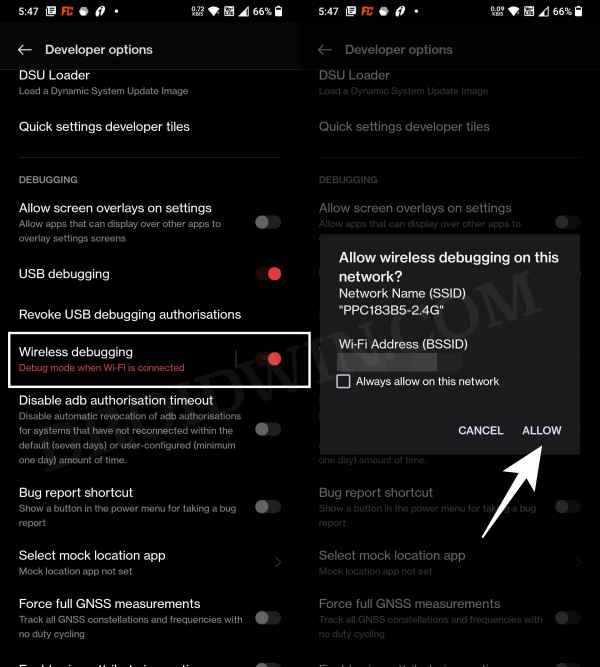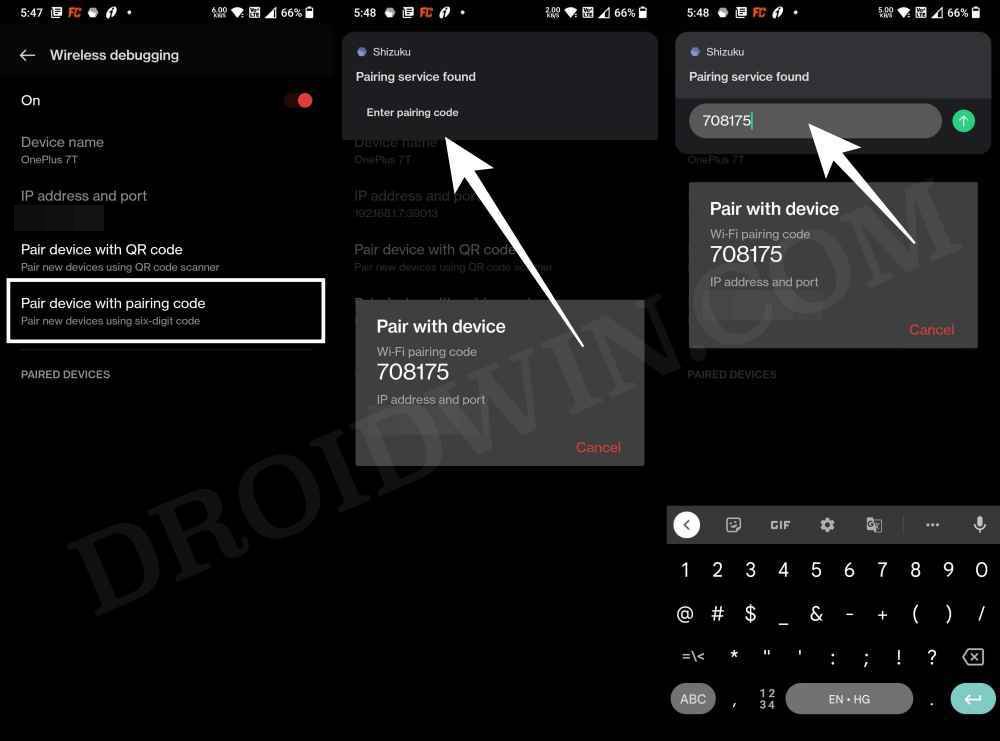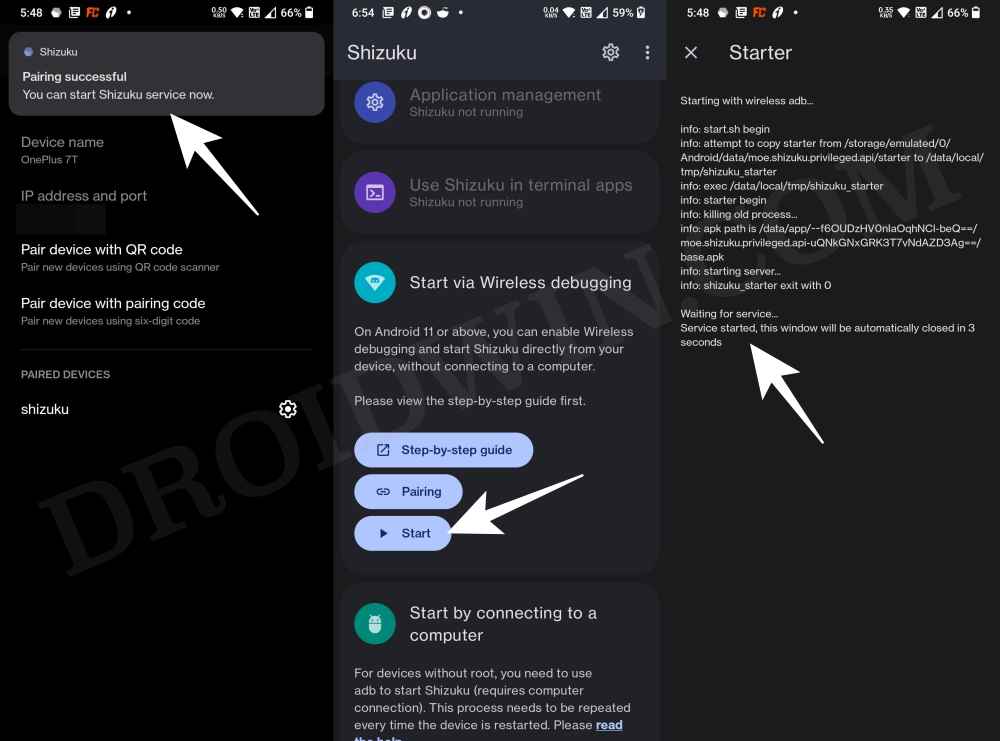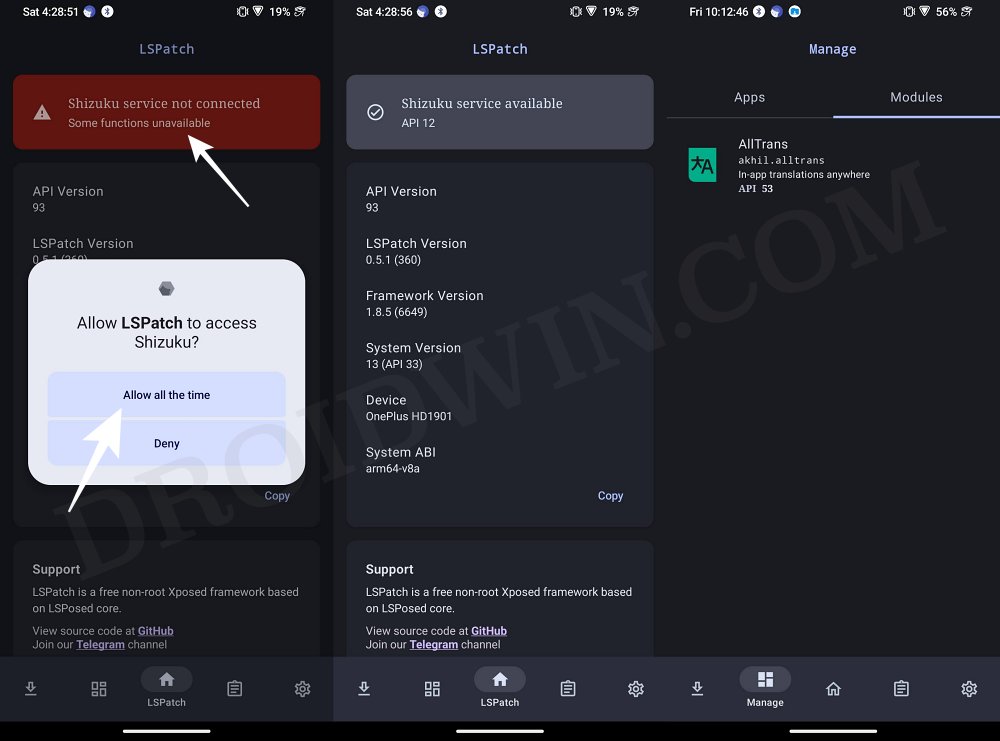Moreover, users generally prefer to maintain a safe distance from carrying out these tweaks, mainly due to the complications as well as the drawbacks attached to it [warranty getting null and void, SafetyNet and Knox getting tripped, Widevine Certification getting downgraded to L3]. But what if we told you that you could install Xposed/LSPatch without root even on a locked bootloader? Yes, that is very much a possibility and in this guide, we will show you how this could be carried out. Follow along.
How to Install Xposed/LSPatch without Root on Locked Bootloader
There are quite a few Xposed forks that are capable of running on non-rooted devices. These include the likes of SandVXPosed, VirtualXposed, TaiChi, and LSPatch. Out of all this, we will be using the latter one [LSPatch] as we found out to be the most stable one for now. However, do keep in mind that LSPatch only have a few set of modules and they will be limited in their functionality because they are working in a non-root environment. So with that in mind, let’s get started. So these were the steps to install Xposed/LSPatch without root on a locked bootloader. If you have any queries concerning the aforementioned steps, do let us know in the comments. We will get back to you with a solution at the earliest.
Install Xposed Framework/LSPosed on Android 13Install Xposed Framework on Android 10/11/12 using LSPosedHow to Pass SafetyNet test after installing Xposed or EdXposedPass Safetynet on Rooted LineageOS ROM [Video]
About Chief Editor




